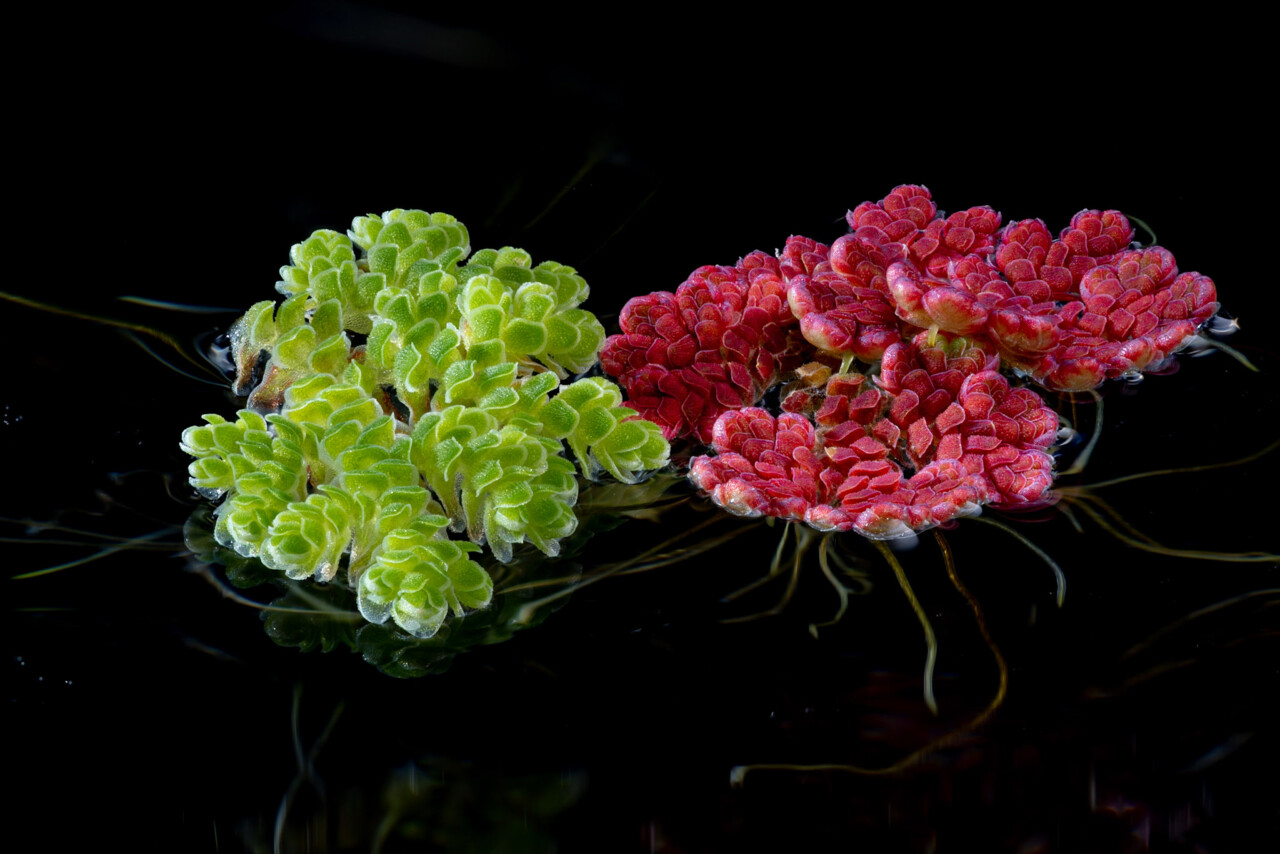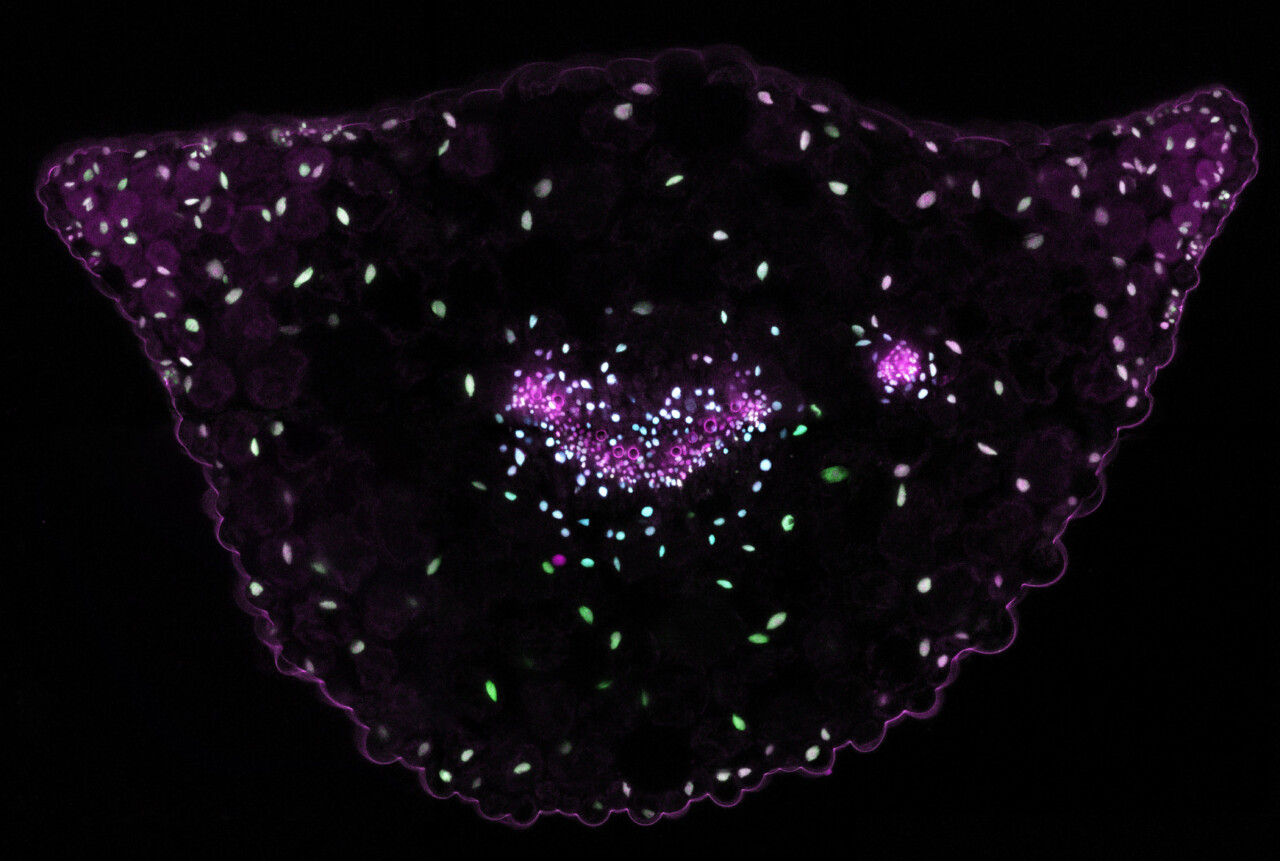Seminar – Michael Wrzaczek
Venue: Room 1100
Speaker: Michael Wrzaczek, Organismal and Evolutionary Biology Research Programme, Faculty of Biological and Environmental Sciences, Viikki Plant Science Centre, University of Helsinki, FI-00014 Helsinki. Finland
‘Cysteine-rich receptor-like kinase 2 coordinates abiotic and biotic stress responses’
Biotic and abiotic stresses induce reactive oxygen species (ROS) production in plants as a signalling strategy. The receptor-like protein kinases (RLKs) are largely responsible for communication between cells and the extracellular environment, and ROS production is a frequent result of RLK signalling in a multitude of cellular processes (Kimura et al., 2017). However, many of the components for extracellular ROS perception, signal transduction, and specificity of downstream responses remain unknown. Cysteine-rich receptor-like kinases (CRKs) represent a subgroup of RLKs, defined by a conserved pattern of cysteines in their extracellular domain. Their ectodomain forms a structure similar to fungal lectins (Vaattovaara et al., 2019). Based on their expression profile and loss-of-function phenotypes CRKs are considered to be exciting components of ROS signalling (Wrzaczek et al., 2010; Idänheimo et al., 2014; Bourdais et al., 2015).
CRK2 is an evolutionarily ancient member of this protein family and a central signaling hub which can directly phosphorylate and thereby activate plasma membrane-localized NADPH oxidases (respiratory burst oxidase homologs; RBOH) in a calcium-independent manner (Kimura et al., 2019). CRK2 forms a pre-assembled complex with RBOHD to activate ROS production in response to signal perception. Interestingly, while previous research has concentrated on the N-terminal extension of RBOH proteins for the regulation of their activity, the C-terminus is also a target for protein kinases during the regulation of extracellular ROS production. This is reminiscent of the activation mechanisms of human NADPH oxidases. CRK2 also interacts with a number of different proteins to modulate callose deposition and intracellular trafficking in response to biotic and abiotic stimuli (Hunter et al., 2019).
Wednesday, March 11, 2020
Time: 15:00
Helix – WUR
Stippeneng 4, Wageningen



